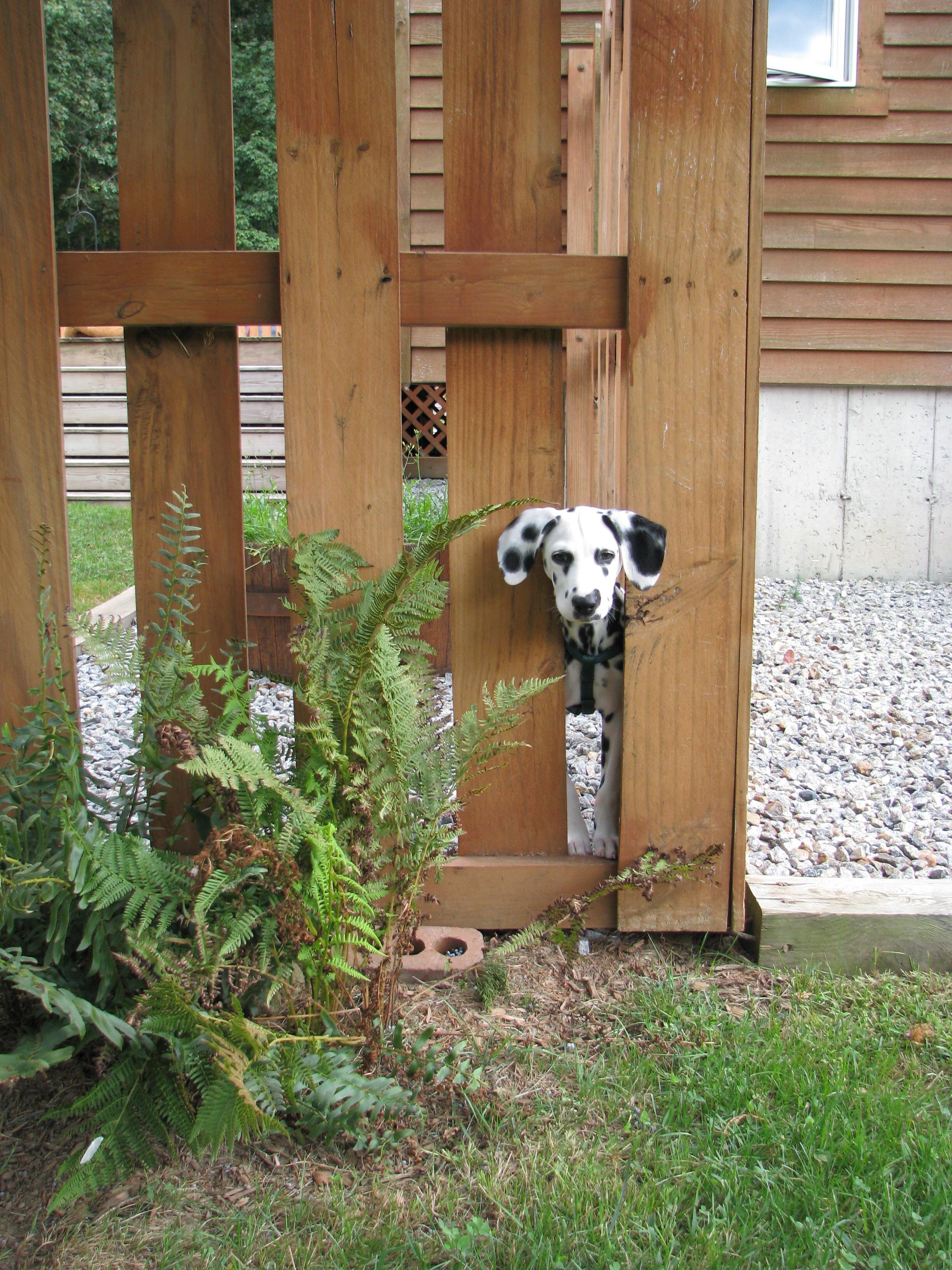Our puppies are our innocent, precious family members who depend on us for their every need.
Okay! Your wonderfully precious puppy is home, and the real fun begins. New puppies need an enormous amount of time, energy, patience, and love. Bringing a puppy into our homes takes more effort than many people realize. However, with a solid understanding that we are in for an amazing life with a pup who truly accepts and loves us no matter what, the rewards are immeasurable.
1) Remembering that, no matter what’s going on, our furry, four-legged little girl or boy is a genuine member of our families is crucial. Every pup comes with his or her own unique personality which is complete with deep feeling. We are totally responsible for their care, loving attention, and empathetic compassion and consideration. We are their protectors and must safeguard their physical and emotional well-being in every situation.
2) Ensuring safety is paramount. Getting our homes ready for their arrival was step one. (See Blog: Part One) Create a safe room or area for everyone to enjoy each other that is free of dangerous objects, wires, or possible accidents.
3) Equipping with identification makes certain that our furry family members can always be brought home. Embroidered collars with cell phone numbers are great because a tag might get lost. Some people have chips placed in their pups to ensure permanent identification that can be registered and scanned in the event of getting separated from us. Fenced yards, leashes, appropriate collars, and harnesses for the size and breed, shelter, and risk-free toys are only a few of our considerations. Absolutely no metal collars or outdoor chains – I could write a book on the dangers of both. If we wouldn’t do something to our human children, then it’s best not to do it to our pets.
4) Establishing a solid method of communication is key. Choose what words are going to be used for what requests and how the words are going to expressed—words, hand signs, both. Teaching American Sign Language, even to hearing dogs, is extremely useful when the spoken word can’t be used (across a field) or when our pup becomes hard of hearing in later life.
5) Teaching our children to be gentle, kind, and part of our pups’ care guarantees the cohesiveness of the pack. Children can also learn to properly pick up a puppy by supporting the entire body and not walk around with a dangling puppy. Again, ask, “How would we want someone to hold our baby or child?”
6) Training begins as soon as our puppy arrives home. This includes housebreaking. “Accidents” are ours, not the puppy’s. Taking our new pup outside to the same spot every half hour for the first 24 hours is a great way to begin. Like I said earlier, it’s going to be a lot of work, diligence, and dedication….and more time than most people imagine, but it is definitely worth every loving second of our efforts. Too many adopt a puppy and give up, abandon, or re-home when they get frustrated or tired of the novelty.
7) Keep in mind that puppies need to go potty about 10-20 minutes after eating. Be attentive and diligent.
8) Adjusting our schedules is a necessity. Puppies cannot hold their bladders for hours. The “rule of thumb” tends to be that a puppy can hold their bladder for the number of hours that they are in months. So, a pup who is two months old can hold their bladder for no longer than two hours. This, too, needs to be adjusted for every little one. It could be a shorter period of time.
9) Feeding needs to be three or four times a day. Food should not be limited for a growing pup. The correct diet and amounts need to be determined with our veterinarians’ help before we bring our four-legged family member home or at the time of their first medical checkup. We should buy the highest quality food that we can afford. Keep asking yourself what you would do for your children. I highly recommend that food not be left down all the time. Sure, this habit makes it easy for us but creates grazers. Let the pup eat until full, and when the bowl is left, pick it up, usually within minutes. If the pup seems like a fussy eater, be patient. Feed at the next mealtime. I guarantee that puppies will eat well if hungry. Another advantage of not creating grazers is that our pups will be more food-oriented and easier to train using delicious treats.
10) Securing our yards is imperative.
11) Checking our yards for dangers including poisonous plants and other potentially unsafe areas, objects, or substances. Many lawn fertilizers are hazardous.
12) Preventing theft or dangerous situations can be real lifesavers. Being left unattended in a yard or vehicle are extremely hazardous in more ways than can be listed. Unfortunately, too many dogs have been kidnapped from the safety of beautiful suburban yards.
13) Lastly and most importantly, being absolutely sure that you think before you adopt. Abandoning a dog at a shelter or another home deeply impacts the heart and nature of an animal. Our dogs of all ages are very capable of experiencing the same sadness, confusion, and heartache as any one of us. We are responsible for the well-being and care of one of God’s incredible and loving animals.
Fences need to be checked for possible escape or getting little heads caught. Never leave your puppy outside unattended or without constant supervision.



